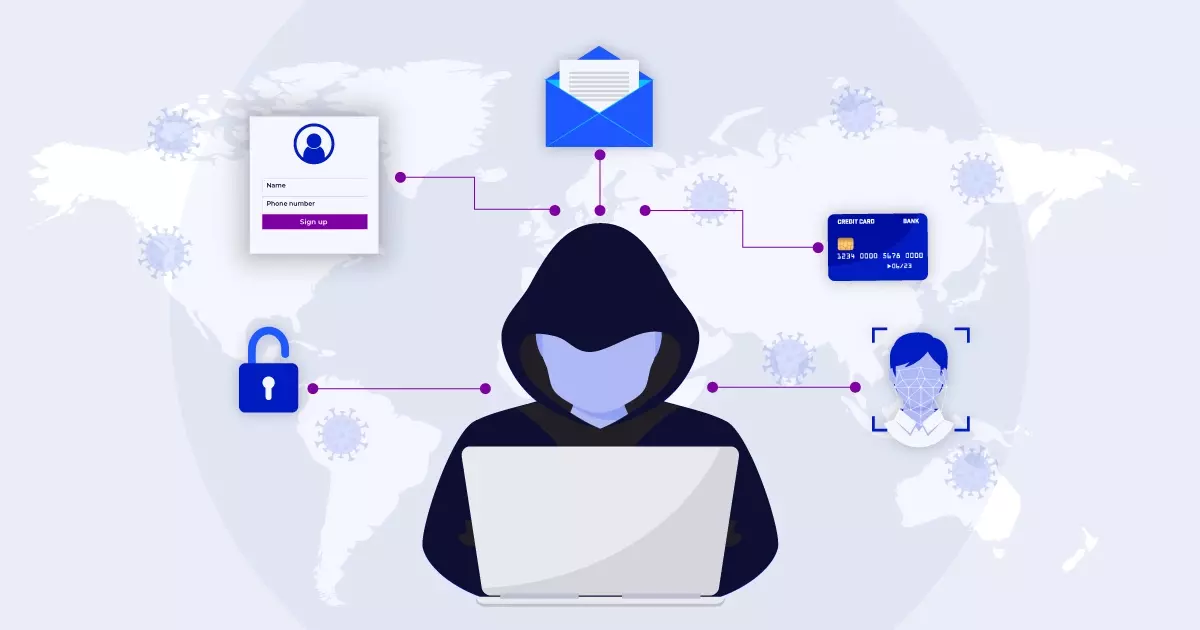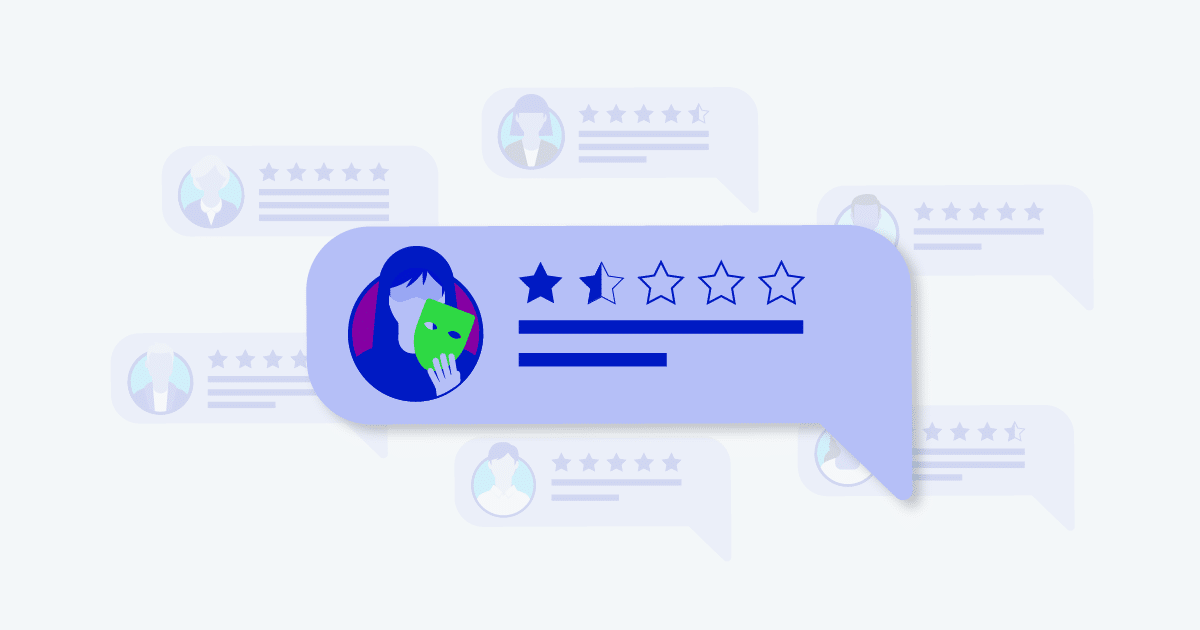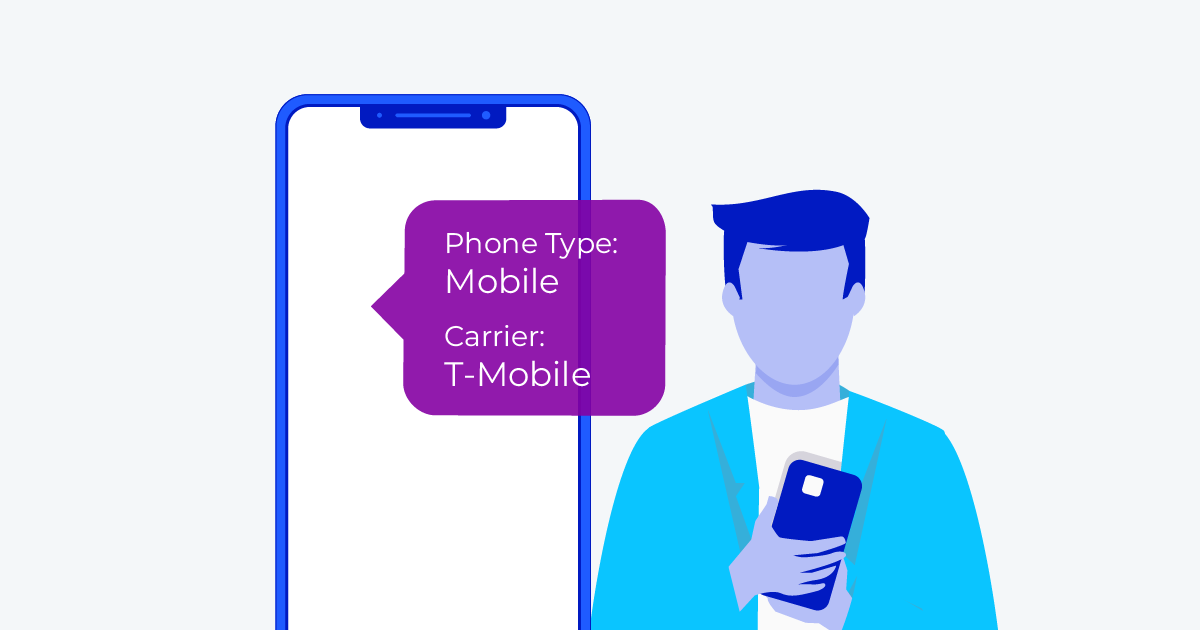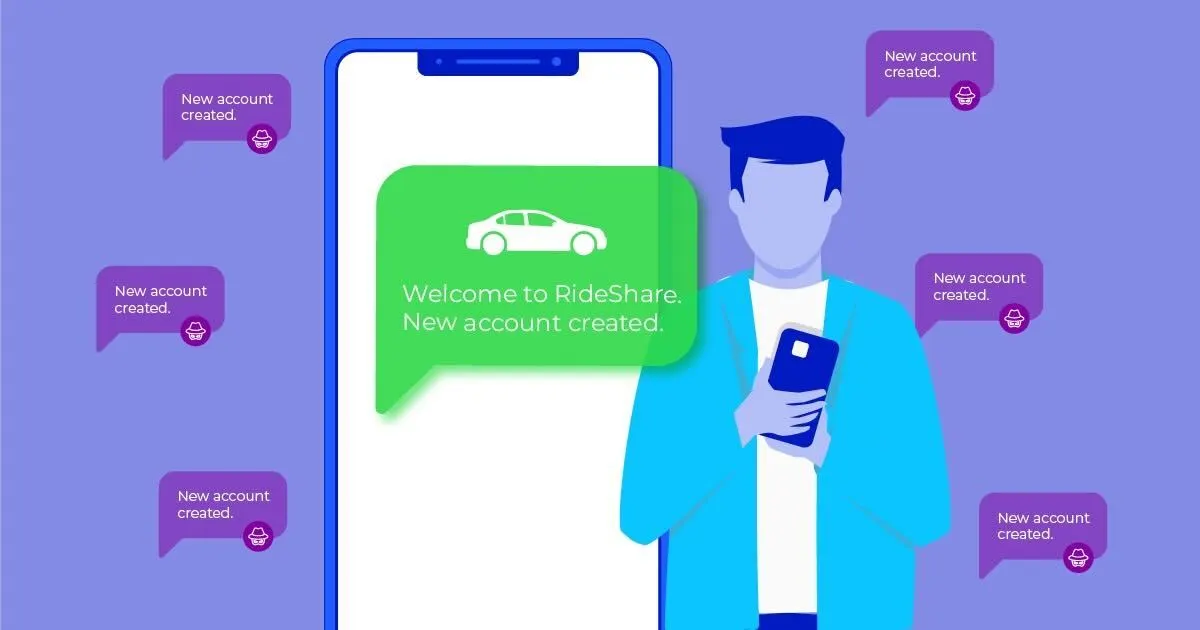
Despite the negative health and economic effects of COVID around the world, it initiated changes in how we live and workÑboth out of necessity and in hopes that we could come out of the pandemic stronger when the world opened again.
Fraudsters used the health crisis to fine tune their malicious tactics to exploit businesses and consumers.
As the world locked down, fraudsters went to work.
This article breaks down the types of onboarding fraud that increased over the past few years, the resulting damage, and how to stop these schemes now and in the future.
Onboarding fraud during COVID: More data, more transactions, more theft
The pandemic and subsequent lockdown marked a massive shift in our digital behavior.
The world shut down, and people moved their lives onlineÑdigital banking, dating, shopping, healthcare, and more became both common place and necessary.
The result was an unprecedented uptick of Personally Identifiable Information (PII) available online, as people created new accounts for services they formerly received in person.
To handle the new demand for accounts and the overnight switch from the offline to the online world, businesses quickly deployed digital workflows, sometimes without doing their due diligence on onboarding safety best practices.
Fraudsters took advantage of this, targeting people and disrupting sites that had ineffective or out-of-date verification or onboarding requirements.
Let’s look at the types of fraud that were the most notable during this time and continue to plague digital businesses and consumers.
COVID-specific fraud
COVID introduced new targets and increased potential payoffs for fraudsters. As the pandemic hit in the US, small businesses were closing their doors in large numbers, due to government mandates or bankruptcy brought on by the lockdowns.
In response, the US government created the Coronavirus Aid, Relief, and Economic Security (CARES) Act (2020) and the Coronavirus Response and Consolidated Appropriations Act (2021) to provide temporary financial relief for struggling companies.
Unfortunately, as is now being discovered, fraudsters were the beneficiary of at least 20% (or $80 billion) of the funds paid out, which they acquired by using fake and synthetic identities accounts to dupe the system. It’s estimated that 1.6 million small business loans were approved without proper identity verification.
Identity fraud is not new, and fraudsters were refining their techniques well before the pandemic.
But as we moved more of our lives online, bad actors increased their attempts to steal coveted PII using familiar methods.
Let’s look at some of these fraud types in more detail.
Identity theft
Identity theft is when a bad actor uses an unsuspecting person’s PII (social security number, name, address, phone number, or credit card number) to commit fraud.
Identity thieves ramped up their schemes during COVID, using stolen identities to deplete the funds of their victims and to apply for governmental relief assistance programs. In fact, 42% of pandemic benefit applicants reported being the victim of identity fraud, and subsequently were denied benefits or their benefits were disbursed to fraudsters who had stolen their identity and applied for the funds in their name.
Synthetic identity fraud
Synthetic identity fraud is where bad actors use a combination of real and fake information to build a new (ultimately fake) identity. Once created, they can then apply for credit and loans, and open new accounts.
Like traditional identity fraud, synthetic identity fraud has gained momentum during the pandemic. With more people and data available online, fraudsters had more opportunity to piece together real and fake data to build realistic synthetic identities to commit fraud on their behalf.
Synthetic identity fraud cost US banks and financial institutions $20 billion in losses in 2020, compared with just $6 billion in 2016, according to the recent 2021 Synthetic Identity Fraud Report.
Fake users
Fake users are accounts created by fraudsters to inflate Ôlikes’, spam other accounts, and ultimately mislead people online. Fake users steal and implement a barrage of fake credentials, such as names, emails, or VOIP numbers to create fake accounts.
Once created, these fake accounts can spread misinformation, fear, and propaganda, especially true at the height of COVID. The COVID pandemic has given bad actors a wealth of digital dataÑparticularly personal data gathered during breachesÑto harvest and gain access to systems.
Onboarding now and post-pandemic
Onboarding is often the first step of the customer journey, a process where they gain access to permissions, tools, and services on a digital platform.
As millions of new users joined digital platforms during the pandemic, the onboarding process became even more critical and provided businesses a chance to pressure test the effectiveness of their onboarding strategies.
Unfortunately, as businesses rushed to connect their remote workforce workers and onboard vendors, customers, and third-parties during lockdown, they often neglected updating and securing their onboarding process, resulting in an increase in fraudsters setting up shop on their platforms.
How Telesign can help
The pandemic changed the way we work, but the goals for onboarding remain the same: Keep your customers secure without intruding on themÑall while keeping fraudsters and bad actors off your platform.
There are a few basic steps you can take to prevent onboarding fraud while building customer trust and staying out of their way:
- Use modern risk scoring to assess the risk of every new user
- Use digital identity to verify the person behind the sign-up form is who they say they are
- Connect with your customers throughout the onboarding process to build a trusting relationship
Telesign empowers you to provide fast, efficient, and secure onboarding experiences to your customers, building trust and better relationships along the way.
We’ve been on the frontlines of fraud for over 15 years, and we’ve created adaptable solutions that help you stay one step ahead of the fraudsters, all while fast-tracking legitimate customers.
To learn more about how we stop fraud during onboarding, contact us today.



